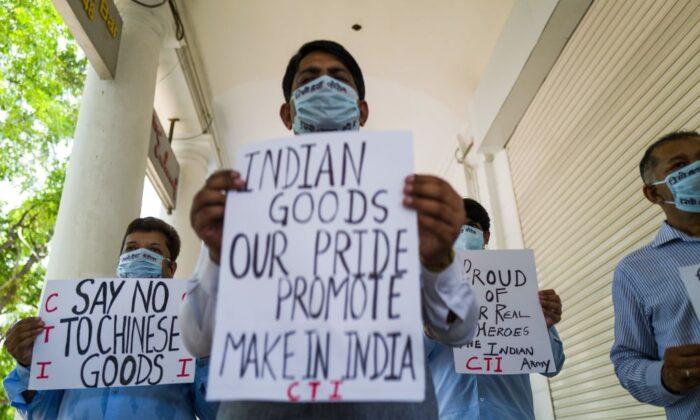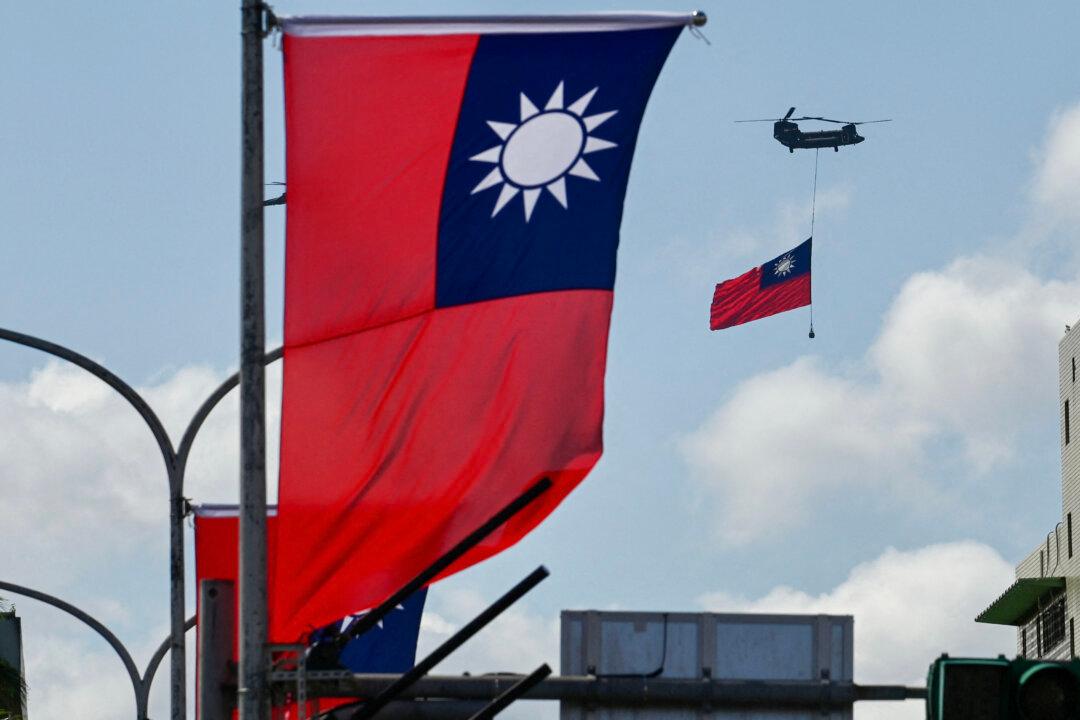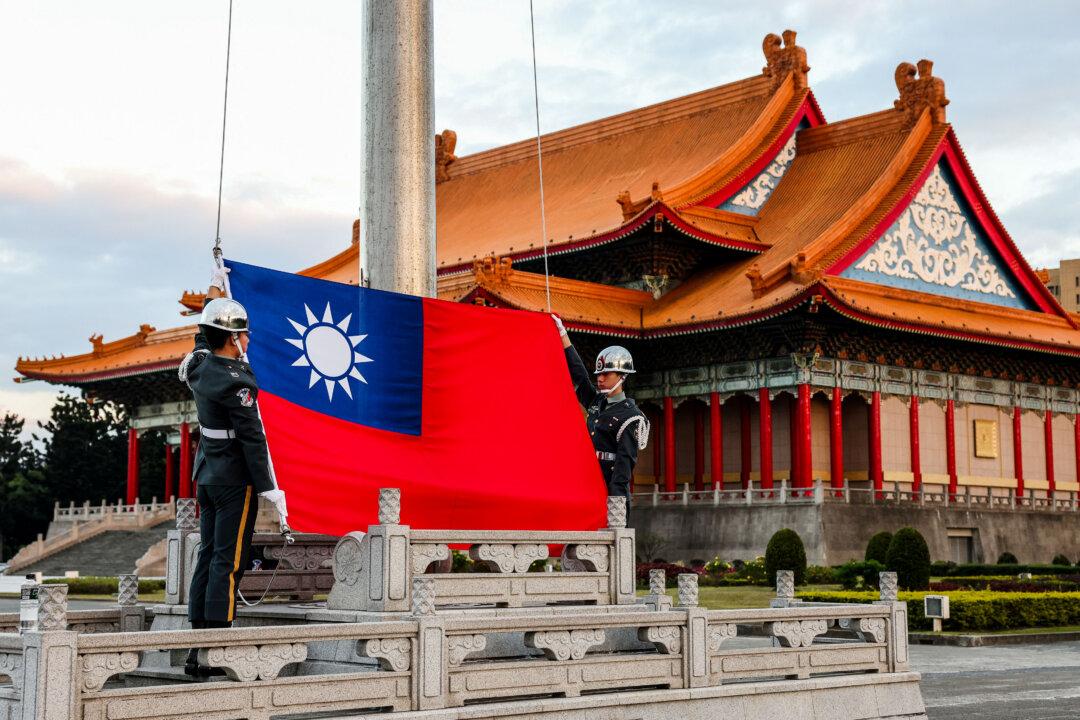After a deadly clash between Indian and Chinese troops in the eastern Ladakh border region last month that left 20 Indian soldiers dead, Beijing’s motivation in escalating tensions with its southern neighbor has been drawing scrutiny.
There are several theories behind Beijing’s recent military aggression, according to Abhijit Singh, a former Indian naval officer and head of maritime policy at the Observer Research Foundation in New Delhi.
“The most compelling explanation is related to Chinese domestic politics,“ he recently told The Epoch Times in an email. ”With Beijing under pressure at home following its poor handling of the coronavirus crisis, many Indian analysts believe China is using the military standoff with India to divert attention away from its domestic failures.”
Singh added that Beijing may be motivated by economic reasons, in particular, a response to New Delhi’s decision to block Chinese foreign investment, out of fear over China’s predatory market moves amid the current pandemic.
The Indian trade ministry said the decision was made in light of any “opportunistic” takeovers and acquisitions of Indian companies that were under financial distress due to the pandemic.
Beijing might also be reacting to India’s construction of an all-weather road leading up to Ladakh, Singh suggested, in order to protect its interests in the nearby China–Pakistan Economic Corridor (CPEC).
The 225-kilometer road (about 140 miles) is of strategic importance to India. It connects Ladakh’s capital of Leh to the Karakoram Pass, which runs nearly parallel to the border, separating Ladakh from China’s Xinjiang region. India’s Daulat Beg Oldi airstrip, which overlooks the Karakoram Pass, is about 5 miles from the border and China’s Aksai Chin region.
The CPEC, which is a key part of China’s Belt and Road Initiative (BRI), is a string of infrastructure projects running from Xinjiang’s Kashgar city to the Pakistani seaports, passing through Aksai Chin and neighboring Pakistan’s territory of Gilgit Baltistan area.
Beijing rolled out BRI in 2013, with the objective of increasing geopolitical influence by building up trade routes that link China, Southeast Asia, Africa, Europe, and Latin America.
The boycott was driven by a sense in India that China has “crossed a red line” in the latest clash—thus fueling nationalistic sentiment against the Chinese regime, Singh said.
“If things did spiral out of control, however, India would have little option but to pivot towards the United States,” he said.
“Both India and China have expressed a desire to deescalate, and we support a peaceful resolution of the current situation,” she said.
“He [Trump] said that China’s aggressive stance along the India–China border fits with the larger pattern of Chinese aggression in other parts of the world. And these actions only confirm the true nature of the Chinese Communist Party.”





